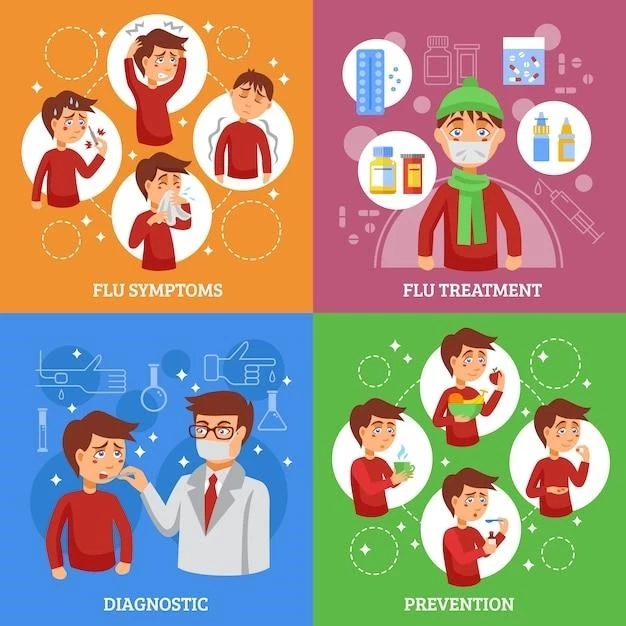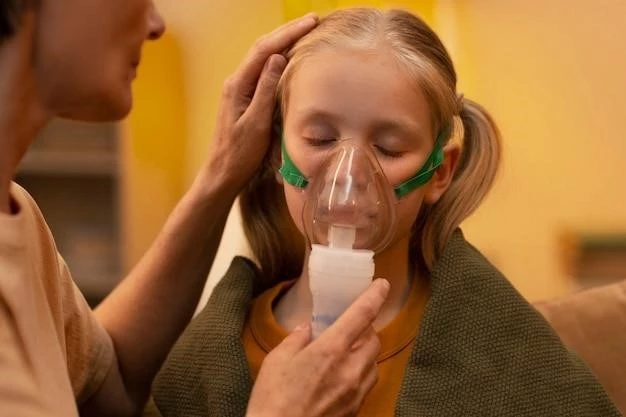Introduction to Nezelof Syndrome
Nezelof syndrome, also known as Severe Combined Immunodeficiency (SCID) with microcephaly and growth retardation, is a rare genetic disorder that affects the immune system, growth, and development of individuals․
Overview of Nezelof Syndrome
Nezelof syndrome, also known as Severe Combined Immunodeficiency (SCID) with microcephaly and growth retardation, is a rare genetic disorder that affects the immune system, growth, and development of individuals․
Causes and Mechanisms
Nezelof syndrome is a rare genetic disorder caused by an autosomal recessive inheritance pattern․ It results from a defect in purine nucleoside phosphorylase, leading to abnormalities in the immune system․
Autosomal Recessive Inheritance
Nezelof syndrome is inherited in an autosomal recessive pattern, meaning individuals must inherit two copies of the defective gene (one from each parent) to develop the condition․ This type of inheritance typically results in the manifestation of the disorder when both parents are carriers of the gene mutation․
Defect in Purine Nucleoside Phosphorylase
Nezelof syndrome is caused by a defect in purine nucleoside phosphorylase, leading to an accumulation of deoxy-GTP that inhibits ribonucleotide reductase․ This dysfunction results in abnormalities in the immune system and affects the overall health of affected individuals․

Types and Variants
Nezelof syndrome manifests as Thymic Dysplasia with normal immunoglobulins or Combined Immunodeficiency with normal immunoglobulins․
Thymic Dysplasia with Normal Immunoglobulins
Nezelof syndrome can present as Thymic Dysplasia with normal immunoglobulins, a condition characterized by underdeveloped thymus and normal levels of immunoglobulins, impacting the immune system and overall health․
Combined Immunodeficiency with Normal Immunoglobulins
Nezelof syndrome can manifest as Combined Immunodeficiency with normal immunoglobulins, causing recurrent infections, failure to thrive, and abnormalities in lymphoid tissue and thymus structure while maintaining normal or increased levels of immunoglobulins․
Symptoms and Clinical Presentation
Nezelof syndrome presents with recurrent infections and failure to thrive, impacting the overall health of individuals․
Recurrent Infections
Nezelof syndrome is characterized by recurrent infections that can lead to life-threatening events, affecting individuals, particularly infants, with manifestations including bronchiectasis, chronic bronchitis, candidiasis, diarrhea, urinary tract infections, varicella, skin, and pulmonary infections, as well as gram-negative sepsis․
Failure to Thrive
Individuals with Nezelof syndrome may experience failure to thrive, impacting their growth and development due to recurrent infections and immune system abnormalities․
Diagnosis and Screening
Newborn SCID screening and immunological work-up are crucial for diagnosing Nezelof syndrome․
Newborn SCID Screening
Early screening for Nezelof syndrome in newborns can help identify the condition promptly, enabling timely interventions and management to improve outcomes․
Immunological Work-up
Immunological work-up plays a critical role in diagnosing Nezelof syndrome, revealing specific immunoglobulin levels and potential immune system deficiencies․
Treatment and Management
Supportive care and immunoglobulin replacement therapy are essential for managing Nezelof syndrome․
Supportive Care
Supportive care plays a crucial role in the treatment of Nezelof syndrome, aiming to manage symptoms, improve quality of life, and support overall well-being․
Immunoglobulin Replacement Therapy
Immunoglobulin replacement therapy is a crucial part of the treatment plan for Nezelof syndrome, aiming to boost the immune system and prevent infections․

Prognosis and Complications
Nezelof syndrome can impact growth, development, and increase the risk of life-threatening infections․
Impact on Growth and Development
Nezelof syndrome can significantly affect the growth and development of individuals, leading to complications that impact their overall health and well-being․ The condition’s impact on growth parameters and developmental milestones is crucial in understanding the prognosis and potential outcomes for individuals diagnosed with Nezelof syndrome․
Risk of Life-Threatening Infections
Nezelof syndrome predisposes individuals, especially infants, to the risk of life-threatening infections such as bronchiectasis, chronic bronchitis, candidiasis, and gram-negative sepsis, requiring vigilant monitoring and prompt intervention․
Research and Advances
Studies on Nezelof syndrome and genetic discoveries continue to advance our understanding of this rare genetic disorder․
Studies on Nezelof Syndrome
Research on Nezelof syndrome continues to expand, with studies focusing on understanding the genetic basis and immune system implications of this rare condition․
Genetic Discoveries
Ongoing genetic discoveries in Nezelof syndrome shed light on the underlying mutations and mechanisms contributing to this rare genetic disorder, paving the way for potential targeted therapies and improved management strategies․
Support Resources
Support groups and communities provide valuable assistance to individuals and families affected by Nezelof syndrome․
Support Groups and Communities
Individuals and families affected by Nezelof syndrome can find valuable support and connections through various support groups and communities, offering a network of understanding and resources for managing the challenges associated with this rare genetic disorder․
Financial Assistance Information
Financial assistance information can provide individuals and families impacted by Nezelof syndrome with support for managing the costs associated with medical care, treatments, and other essential needs․
Conclusion
The ongoing research, genetic discoveries, and support resources available for Nezelof syndrome are vital in advancing the understanding and management of this rare genetic disorder, benefiting individuals and families affected by the condition․
